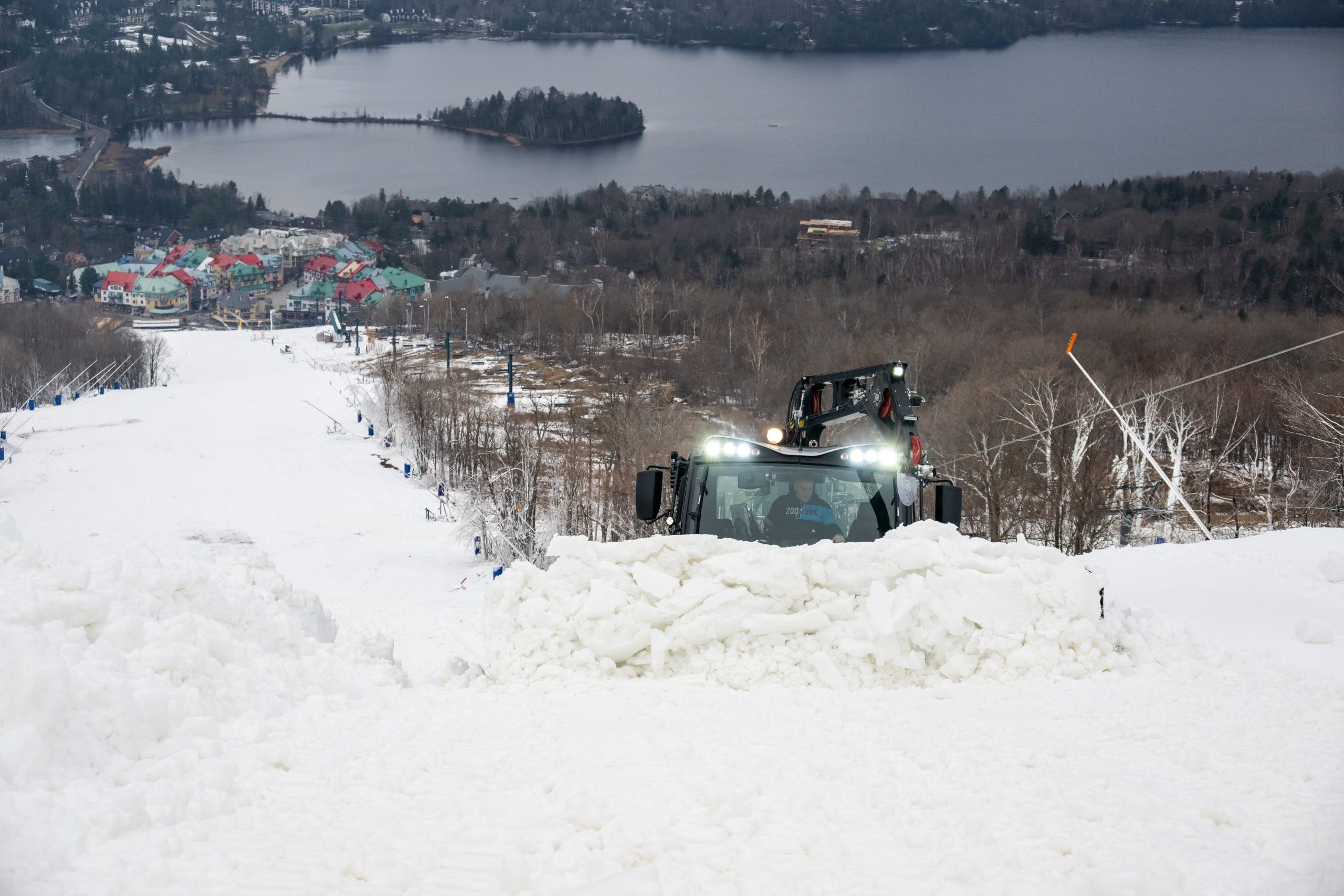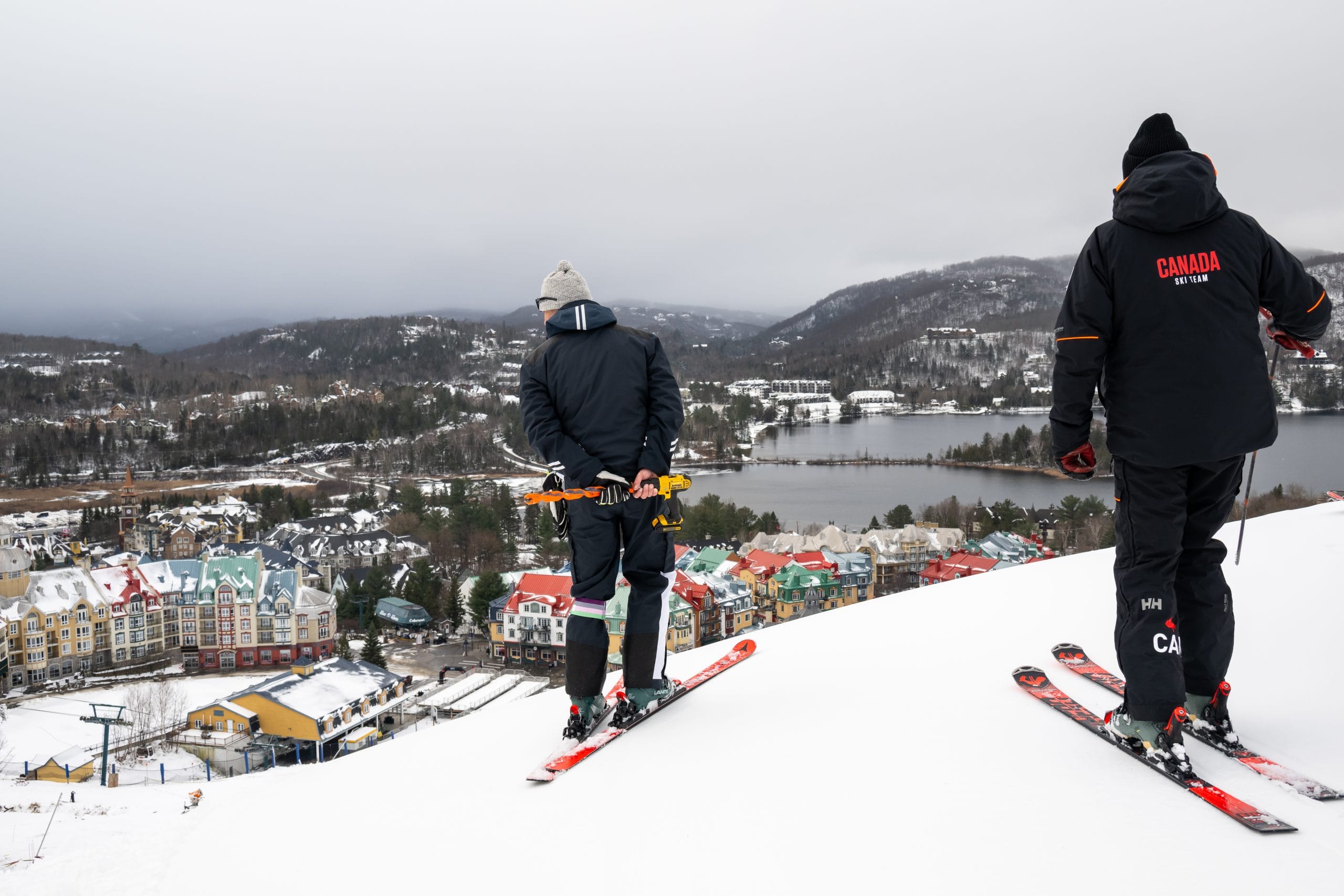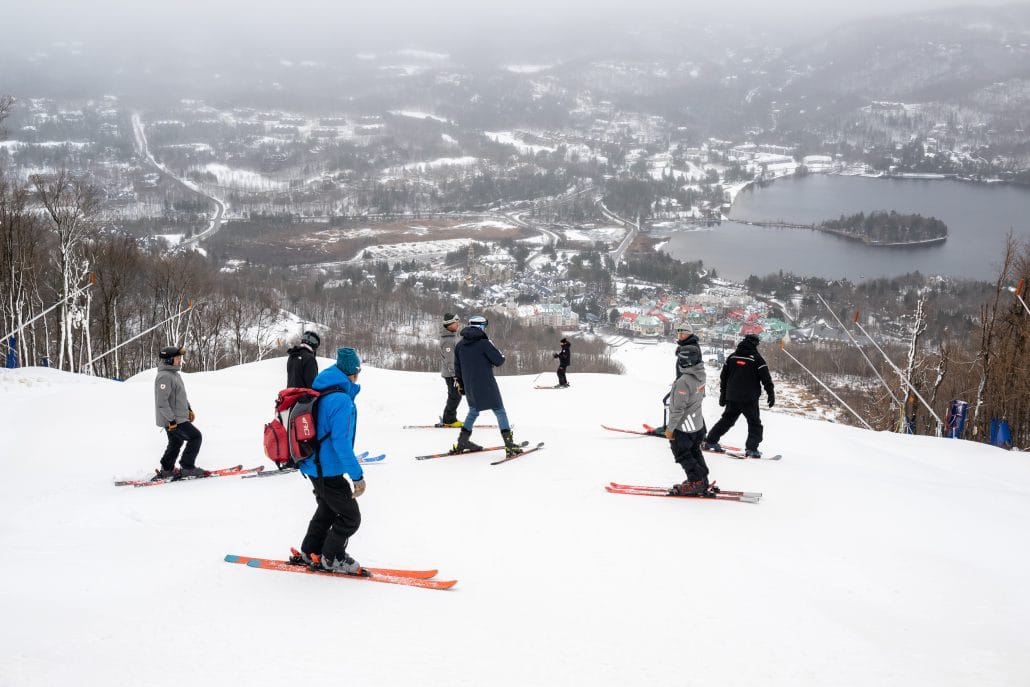This December, Tremblant will welcome the world’s top female alpine skiers for a stop on the FIS Alpine Ski World Cup circuit. After early-season challenges last year, which resulted in a race cancellation due to limited snow, the spotlight turns to what makes these events possible: snow controls.
What is a Snow Control?
A snow control is exactly what it sounds like, a careful inspection to determine whether a slope has enough snow to safely host a race. For technical events like the Giant Slalom, snow controls are conducted about seven days before the official arrival of teams, while speed events like Downhill or Super G are checked roughly ten days prior.
During a snow control, FIS officials, often led by the Chief Race Director, ski the course with a drill to measure snow depth from top to bottom. If the snow meets the required standards, preparations begin: shaping the slope, moving snow as needed, and sometimes injecting water to harden the surface. The goal is always to ensure a consistent and safe racing surface.
Peter Gerdol, FIS Alpine Skiing Women’s Chief Race Director, emphasizes the importance of these checks:
“If we don’t have the snow, we can’t have the race!”
Snow controls are not just about natural snowfall, they also assess snowmaking capabilities, terrain conditions, and the overall feasibility of staging a World Cup race.
Why Early-Season Weather Matters
Weather can be unpredictable, particularly in North America early in the season. Rain, warm temperatures, or insufficient natural snow can affect even the best-prepared venues. At Tremblant, snowmaking teams work tirelessly to create the conditions needed for competition, but there are limits. Decisions on cancellations or postponements ultimately rest with the race organizers, guided by FIS recommendations, balancing athlete safety, broadcast schedules, and logistics for teams.

Looking Ahead to December 2025
With these processes in place, the 2025 Tremblant World Cup promises another exciting chapter in the alpine skiing season. Fans will get to see athletes tackle a world-class course under carefully monitored conditions, while teams can compete knowing every precaution has been taken to ensure safety and fairness. Snow controls might be a behind-the-scenes detail, but they are the cornerstone of every successful World Cup race, and they highlight the careful planning and expertise that go into making Tremblant ready for the world stage.
Snow controls explained on FIS.com






























